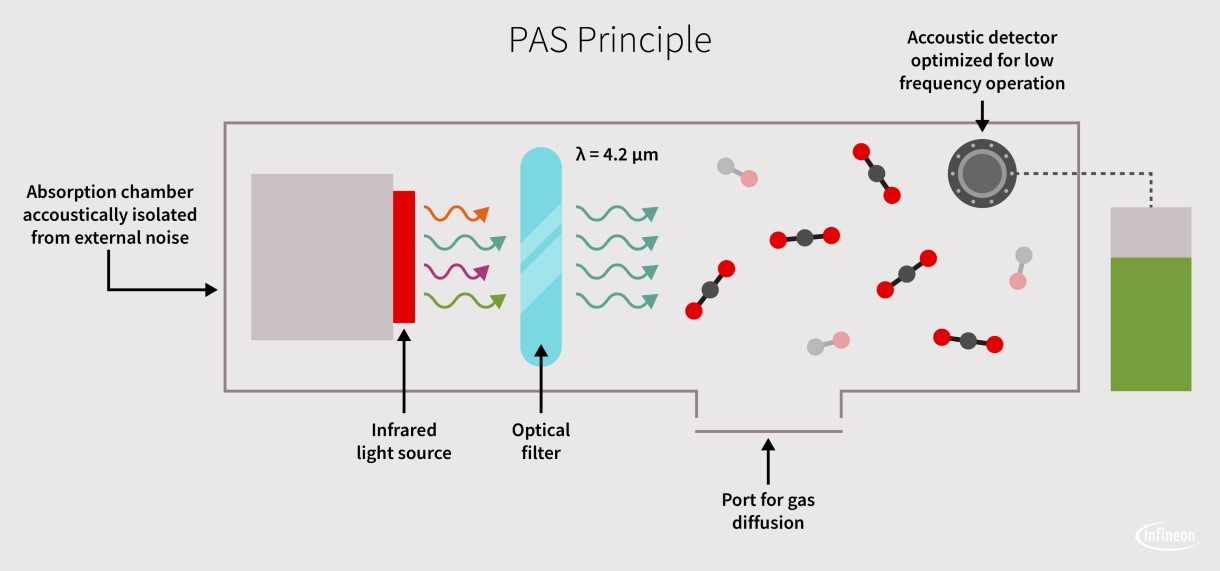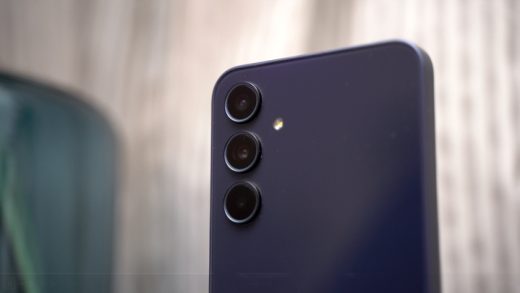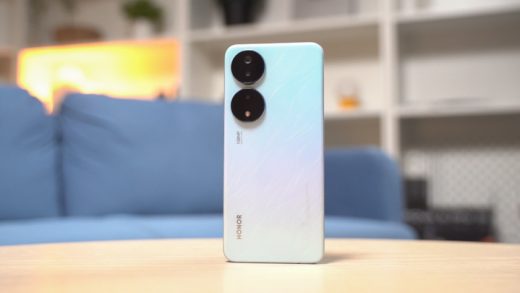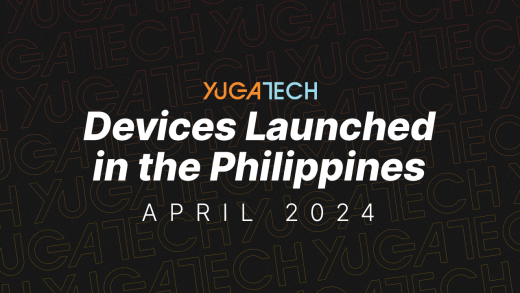Since its emergence at the end of 2019, COVID-19 has led to wide-ranging restrictions on daily life in most parts of the world. Restaurants, bars, gyms and a variety of other public spaces were shut for extended periods of time in order to limit transmission of the virus and protect public health. While necessary, such measures significantly constrain our daily lives and social contacts.

Just as pandemics are not new phenomena, neither are the measures used to control the spread of COVID-19 – handwashing, physical distancing, mask-wearing. In fact, the very same measures were also promoted during the 1918 influenza pandemic. As the hospitality and leisure sector reopens, aside from the aforementioned measures, how can virus transmission be minimized, particularly in the coming autumn and winter months? One solution which is increasingly gaining attention is carbon dioxide (CO2) sensors. As CO2 concentration functions as a measure of exhaled air, it provides a good indication of the transmission risk in enclosed spaces, thereby making the invisible visible. For this reason, CO2 monitors are being rolled out in schools, offices, restaurants, and even at concerts. There are many CO2 sensing solutions available on the market, but most are either bulky and expensive or inaccurate. By utilizing a disruptive technological principle, the new CO2 sensing solution from Infineon overcomes these limitations. With its small form factor and high accuracy, XENSIVTM PAS CO2 paves the way for a new generation of CO2 sensors, which makes the new public health measure accessible to the mainstream market.
Far from new phenomena, infectious diseases and pandemics have plagued humans for centuries. While age-old measures like hand-washing remain highly effective in the fight against infectious diseases, various technologies and methods now exist which can help to develop more targeted measures. Over the years, scientists have made attempts to quantify the risk of airborne transmission of infectious diseases in various spaces. One classical method is the Wells-Riley equation. Developed in the 1970s by scientists studying a measles epidemic in a New York elementary school, the equation attempts to quantify the probability of infection risk (P) by taking into consideration a number of key environmental factors. It is represented as follows:
P = 1 – e-Iqpt/Q,
Where I denotes the number of infectious people, p the breathing rate of each person per hour (m3 /h), Q the room ventilation rate (m3 /h), and t is the exposure time (h). q is the quantum generation rate produced by one infector (h−1), where a quantum signifies the average infectious source strength of infectious individuals. Almost 30 years later, the Wells-Riley equation was adapted by Rudnick and Milton, this time including CO2 concentration as a proxy for exposure to exhaled breath and hence for transmission risk . By making the invisible visible, such methods can enable real-time responses to infection risk.
As humans breathe out CO2 each time they exhale, measuring CO2 levels can contribute to making public spaces safer. CO2 has been used as an indicator for indoor air quality since the 19th century. In 1858, Max von Pettenkofer, a German hygienist, established 1000 ppm of CO2 as a limit which should not be exceeded in indoor spaces . This value, also known as the Pettenkofer number, has been incorporated into the majority of standards and guidelines for indoor air pollutants. In pandemic times, monitoring the CO2 level can allow for reliable estimates of COVID-19 transmission risk. Although the WHO initially ruled out airborne transmission of COVID-19, substantial evidence has emerged in the past year suggesting that the disease is indeed spread not only by droplets but also by smaller virus-carrying particles called aerosols, especially in crowded and poorly-ventilated indoor spaces. In March of this year, the WHO published a roadmap with the goal of ensuring a high standard of indoor ventilation in the context of COVID-19, highlighting the change in their stance towards aerosol transmission. This newfound knowledge has important implications for the reopening of indoor public spaces such as bars, restaurants and gyms. As aerosols can travel further and remain suspended in the air for longer than droplets, well-occupied indoor environments with poor ventilation are the places where people are most likely to acquire an infection. The good news is that CO2 sensors can contribute to assessments on just how risky an environment is at a particular moment in time, allowing action to be taken to lower the risk. This action can range from improving ventilation by opening windows and doors, to vacating the space entirely if the CO2 concentration exceeds a particular threshold.
1. Riley, E. C., Murphy, G., and Riley R. L. (1978). AIRBORNE SPREAD OF MEASLES IN A SUBURBAN ELEMENTARY SCHOOL, American Journal of Epidemiology, 107(5): 421–432,
https://academic.oup.com/aje/article-abstract/107/5/421/58522
2. Rudnick, S. N., and Milton, D. K. (2003). Risk of indoor airborne infection transmission estimated from carbon dioxide concentration, Indoor Air, 13(3): 237-45, https://pubmed.ncbi.nlm.nih.gov/12950586/
3. Pettenkoffer, M. V. (1858). Über den Luftwechsel in Wohngebäuden.
4. https://www.who.int/publications/i/item/9789240021280
Given their ability to provide real-time warnings of infection risk, it is no wonder that CO2 monitors have been popping up in schools, restaurants and a variety of other public spaces. At a concert in Tokyo last year, rather than the usual screen showing close-ups of the performers, attendees were able to watch CO2 levels changing on a large screen. It also incorporated a color-based alarm system, with green indicating CO2 concentration below the 1000 ppm limit and a low risk of COVID-19 transmission thanks to good ventilation. If CO2 levels had exceeded a certain limit, the screen would have turned red and the concert would have been postponed. Many restaurants and bars have also opted to monitor CO2 levels to improve safety for customers and staff. The Belgian government has gone one step further and mandated the display of a CO2 monitor in public spaces such as hotels, restaurants and gyms. If CO2 monitors record a concentration above 900 ppm, action must be taken to improve ventilation. Schools around the world are also jumping on the CO2 monitor bandwagon in hopes of reducing the risk of virus transmission in classrooms and finally being able to offer regular in-person classes again. In September 2020, the governor of California passed a new assembly bill which establishes a “School Reopening Ventilation and Energy Efficiency Verification and Repair Program”. Along with offering financial support to schools for improving their mechanical ventilation systems, the bill will require all classrooms to be fitted with CO2 monitors which alert users to poor ventilation when the CO2 levels exceed 1,100 ppm. In Ireland, the government is supplying schools with tens of thousands of CO2 monitors in preparation for the return to classrooms after the summer holidays. The installation of CO2 monitors in public spaces will be useful for controlling the spread of not only COVID-19 but also other airborne illnesses such as the common cold, chickenpox and influenza.
5. http://www.asahi.com/ajw/articles/13832094
6. https://www.irishtimes.com/news/world/europe/belgium-imposes-ventilation-rules-for-businesses-to-combat-new-covid-surge-1.4612101
7. https://leginfo.legislature.ca.gov/faces/billTextClient.xhtml?bill_id=201920200AB841
8. https://www.rte.ie/news/2021/0528/1224520-carbon-dioxide-monitors-schools/

Figure 1 A screen displaying the CO2 level at a pop concert in Tokyo (Image source: https://www.asahi.com/ajw/articles/13832094)
Whether for assessing the risk of infection or monitoring indoor air quality for comfort and productivity improvements, there are a range of CO2 sensors to choose from. Most commercially-available CO2 sensors are based on either NDIR (Nondispersive infrared) or electrochemical technology. NDIR sensors have good accuracy but are bulky in size, while electrochemical sensors are compact but less accurate. There are also eCO2 sensors, which are miniature in size but only deliver an estimated concentration of CO2. A precise yet compact measurement instrument has therefore been lacking, especially for consumer applications where size is often pivotal. However, a fourth type of technology, photoacoustic spectroscopy (PAS), is poised to shake up the CO2 sensing market by delivering both a small form factor and high accuracy, overcoming the tradeoffs of the aforementioned technologies. As the name suggests, the PAS operating principle is related to both light and sound. Inside a miniature sensing chamber, infrared light passes through an optical filter tuned to the CO2 absorption wavelength (λ= 4.2 µm). The filtered light is then absorbed by CO2 molecules, which pulsate in response. A highly sensitive acoustic detector measures this response, and a microcontroller converts the output into a CO2 concentration reading in ppm format. The highest level of accuracy is ensured by optimizing the acoustic detector for low frequency operation and isolating the absorption chamber from external noise. It is this innovative technology that Infineon is leveraging in its new CO2 sensing solution.

Figure 2 Functioning of PAS principle
Targeting smart home and smart building applications as well as consumer devices, Infineon’s CO2 sensor will enable everyone to monitor indoor air quality at all times. By making the invisible visible, XENSIVTM PAS CO2 provides users with real-time assessments of infection risk, enabling public spaces like restaurants, gyms, and universities to reopen in a safer manner and to avoid further closures. Infineon’s CO2 sensor has already been integrated into a unique CO2 alarm system for Infineon offices, which alerts employees when the levels exceed 800 ppm and again at 1000 ppm. It is also being installed in lecture halls at the MCI university Innsbruck to support the resumption of in-person classes.
We may have to live with the coronavirus for some time yet, meaning that there is an urgent need to develop more sophisticated, technical solutions for improving the safety of public spaces. In the future, slick, unobtrusive CO2 sensors could become a standard feature in all bars, restaurants, workplaces and schools. Moreover, the continuous monitoring of indoor air quality is important not only for tackling COVID-19 and future pandemics, but also for ensuring optimal levels of comfort and well-being. In short, the mass deployment of CO2 sensors is one step in the journey towards a healthier, pandemic-resilient world.

Figure 3: To learn more about Infineon’s XENSIVTM PAS CO2 sensor visit
9. https://www.mci.edu/en/media-en/news/3597-emerging-applications-lab-at-mci
























